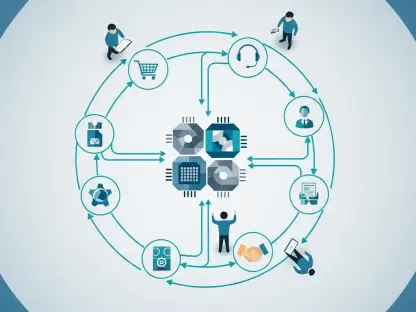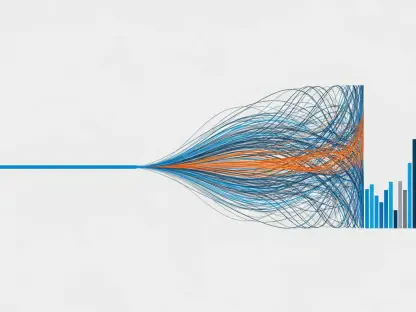In today’s financial landscape, many individuals approaching retirement may find their savings insufficient to support their desired lifestyle during their golden years. This situation is especially prevalent among those aged 50 and above, a demographic given special consideration in retirement planning methods. Catch-up contributions provide an excellent vehicle for potentially rectifying these shortfalls. Understanding how to effectively utilize these additional savings allowances could be the key to enhancing retirement security, offering peace of mind amid uncertainties.
Mastering Catch-Up Contributions
Catch-up contributions represent a strategic mechanism to enhance retirement savings for individuals aged 50 or older. These provisions allow eligible individuals to exceed standard contribution limits for their retirement accounts. Originally introduced under the Economic Growth and Tax Relief Reconciliation Act, catch-up contributions empower this age group to bolster their financial futures as they transition toward retirement. For instance, individuals can contribute an extra $7,500 to their 401(k) and 403(b) plans and an extra $1,000 to IRAs. It is essential to remain informed about annual adjustments made by the IRS, as these limits may change due to inflation.
Advantages of Catch-Up Contributions
Utilizing catch-up contributions provides retired individuals with several significant benefits. By doing so, they can maximize their savings through the power of compounding, thereby enhancing the security of their financial futures even if they began saving later in life. Furthermore, these contributions might offer tax benefits, depending on the types of accounts used—such as traditional versus Roth IRAs—and whether contributions reduce taxable income. Such advantages underscore the importance of exploring catch-up contributions in retirement planning.
Effective Strategies for Catch-Up Contributions
Implementing strategies to maximize catch-up contributions is crucial to boosting retirement savings. One effective method involves reallocating the budget to prioritize retirement savings. Critical examination of monthly expenses often reveals non-essential costs that can be minimized, such as limiting vacations or canceling underused subscriptions. Redirecting these savings toward retirement contributions enriches the efficacy of catch-up provisions.
Automating contributions is another strategy recognized for its consistency and reliability in enhancing retirement savings. By setting automatic deductions from paychecks, individuals ensure regular contributions without the temptation to spend their funds elsewhere. Over time, they benefit from dollar-cost averaging, a disciplined approach that can optimize investment returns and increase savings security.
For those receiving financial windfalls, such as bonuses or tax refunds, directing these sums into retirement accounts can significantly amplify retirement savings. Strategically allocating unexpected financial gains allows individuals to take advantage of catch-up contributions to their fullest extent, further solidifying a secure financial outlook. Addressing the implications of windfalls on taxes and carefully choosing between Roth and traditional accounts are critical considerations when optimizing the effects of catch-up contributions.
Strategic Insights in Catch-Up Provisions
Apart from basic strategies, catch-up provisions allow specific tactics applicable to certain circumstances. The SECURE 2.0 Act introduces super catch-up contributions for individuals aged 60 to 63, increasing allowable contributions even more. Public sector employees with access to 457(b) plans can double their contributions in the three years before reaching normal retirement age. For married couples, coordinating contributions across dual-spouse situations is vital to maximizing savings effectively, particularly when one of them does not earn, thereby enabling a spousal IRA. Additionally, Health Savings Accounts offer extra savings potential for healthcare-related expenses without taxing withdrawals post-65, highlighting their unique flexibility in retirement planning.
Moving Forward with Catch-Up Contributions
Catch-up contributions have proven their value by providing retiring individuals aged 50 and older with additional opportunities for financial security as they solidify their retirement plans. Maximizing their benefits demands strategic planning, thorough budget evaluation, and—at times—professional consultation for optimal implementation. Looking to the future, aligning financial strategies with these provisions ensures a broader scope of financial security, leaving no room for complacency. Future considerations suggest exploring catch-up contributions as an integral component of a robust retirement planning strategy that remains responsive to changing tax laws and individual financial circumstances.









